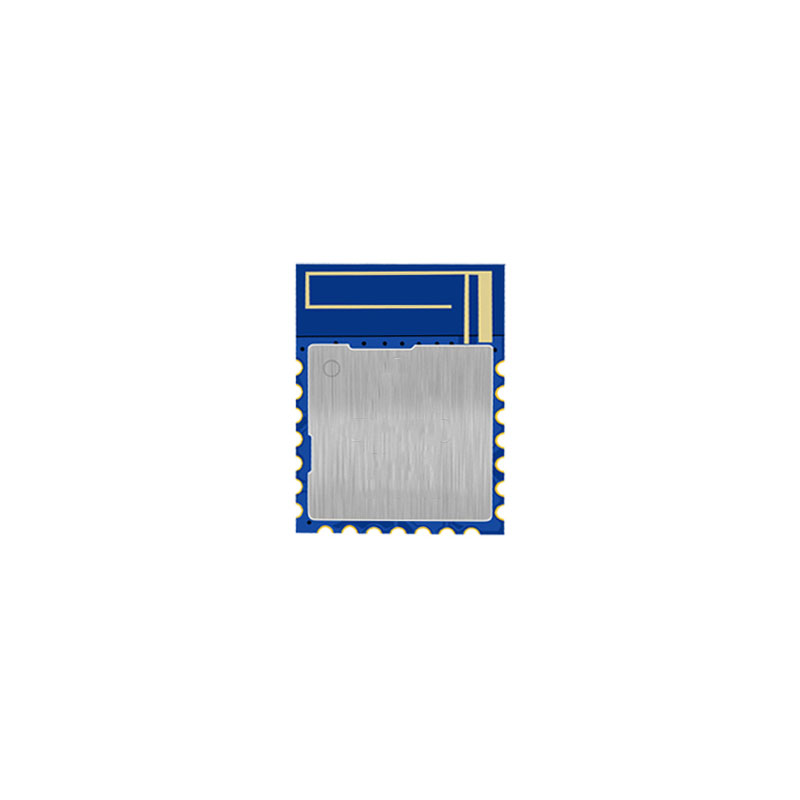
In the world of wireless communication, the size of a Bluetooth Module is not just a matter of aesthetics; it plays a crucial role in determining the module’s application potential and market fit. This article explores how the size of Bluetooth Modules influences their performance and integration into various devices and applications.
The Role of Size in Device Integration
The physical dimensions of a Bluetooth Module are a critical factor in its application. Smaller modules are more easily integrated into compact devices, such as wearables and IoT sensors, where space is at a premium. As noted by Murata Manufacturing Co., Ltd., with their Type 2KL module, a small shielded form factor facilitates integration into size- and power-sensitive applications such as IoT applications, handheld wireless systems, and gateways. This highlights the importance of miniaturization in the design of Bluetooth Modules for specific market segments.
Size and Performance Correlation
Contrary to common belief, the size of a Bluetooth Module does not necessarily correlate with its performance. High-performance modules can be small, as demonstrated by the Type 2KL, which supports Wi-Fi™ 802.11a/b/g/n/ac/ax HE20 + Bluetooth® Low Energy up to 114.7Mbps PHY data rate on Wi-Fi™ and 2Mbps PHY data rate on Bluetooth® Low Energy. This indicates that advanced technology and sophisticated design can achieve both high performance and compact size.
Market Trends and Consumer Preferences
The Bluetooth Module market is influenced by consumer preferences and market trends. As the demand for portable and wearable devices grows, so does the need for smaller, more discreet Bluetooth Modules. The worldwide Bluetooth module market is anticipated to achieve a compound annual growth rate of 17.48% throughout the forecast period, reaching a value of US$27.763 billion by 2028, up from US$8.990 billion in 2021. This growth is partly driven by the increasing integration of Bluetooth technology in security and commercial applications, where compact size is often a requirement.
Industry Standards and Size Constraints
Industry standards also play a role in determining the size of Bluetooth Modules. The Bluetooth SIG sets standards that modules must meet, which can influence the minimum size required for certain functionalities. However, technological advancements have allowed for the creation of crystal-less, standards-compliant Bluetooth Low Energy modules that are incredibly small, such as the one described in an IEEE publication, which is just 1.53 mm^3. This innovation showcases the potential for further miniaturization while maintaining compliance with industry standards.
Size and Power Consumption
Smaller Bluetooth Modules often have implications for power consumption. In many cases, smaller modules are designed with low power consumption in mind, making them ideal for battery-operated devices. This is particularly important in the IoT space, where devices may need to operate for extended periods without frequent battery replacements.
Conclusion
The size of a Bluetooth Module has a significant impact on its application and market potential. As technology advances, we are seeing a trend towards smaller, more powerful modules that can be integrated into a wide range of devices without sacrificing performance. The ability to create compact, high-performance Bluetooth Modules is crucial for meeting the demands of modern consumer electronics and the growing IoT market. As the Bluetooth Module market continues to expand, the importance of size in product design and functionality will remain a key consideration for manufacturers and consumers alike.


